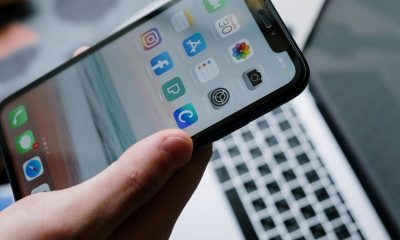Business
5 Mistakes When Spending On Your Business
Published
6 years agoon

A new coffee maker for the break room, new company car or educational courses seem like practical purchases for your business. But do you really need them? When you’re operating on a small budget, spending on things like these can be disastrous for your business. Let’s take a look at common spending mistakes entrepreneurs make that lead them to financial mishaps. If you’re facing economic difficulties, stay away from these business spending mistakes.
1. Buying To Impress
The thought of buying new electronics, furniture and marketing products to impress your clients and investors sounds appealing to many businessmen. But don’t just open your checkbook yet. Spending to impress is a bad idea because you’re not in business to impress other people. You’re in business to make a profit. Spending is an expense to your business. Instead of spending to impress, spend money to make more money. You don’t need the latest electronics or new furniture. If you need to buy new equipment, get the essentials and make money with that. When you are truly profitable, then you can move up in bling.
2. Spending on Untargeted Marketing
Spending a lot of money on general advertising is not efficient and effective. Untargeted marketing is expensive because it does not bring in the most number of potential clients. For example, spending money on a billboard might make it seem like you’re being visible. However, you are also visible to a lot of irrelevant people. Instead of spending on general untargeted marketing, focus on targeted marketing platforms like Google AdWords and Facebook because they can bring in clients who are more likely to buy your product or service. They are also more cost-effective compared to general advertising like newspapers and billboards.
3. Attending Expensive Conferences
Conferences can give you the opportunity not only to learn what’s new in the industry but also to network and hobnob with people who can be beneficial to your organization. However, it is easy to be overly enthusiastic and go overboard. The trick is not to attend every conference and seminar. It’s better to choose your events wisely by defining your networking purpose before attending an event. Instead of paying for expensive conferences, talk to industry leaders. Take them out to lunch or coffee and soak up what they have to say and learn as much as you can. This is a one-on-one opportunity you seldom get when you’re in a conference.
4. Spending on Cheap Products and Service
One of the best ways to increase profit margins and keeping costs low is by looking for the cheapest available materials or service. However, this plan can also backfire on you especially if the product or service is low quality. In fact, you can end up spending more. For example, you find 2 products that will speed up your manufacturing process greatly. Product A costs less than Product B so you are naturally tempted to buy Product A. However, you fail to recognize that Product B is a trusted brand, is made with high quality materials and comes with a warranty which means it can probably last longer. If you buy Product A, you might end up buying a new one after a couple of years and end up paying the same amount. In this case, Product A ended up costing you more money. When it comes to cheap, make sure that it is made with quality materials and not the cheapest price tag.
5. Not Keeping A Record Of Your Expenses
If you don’t keep track of how much you spend, you’re not controlling cash. Not keeping track of spending is one of the most common business mistakes novice entrepreneurs commit. It’s true that running a business takes a lot of time and many businessmen don’t have the time to record all their business expenses. But keeping track is important and should be something you do every day. If you can’t do it every single day, set aside a specific day of the week to track your expenses for that time period. When you control your cash flow you know where you are spending your money and can come up with ideas how to minimize expenses. Segregating expenses by department can make the chore easier for you.
You may like
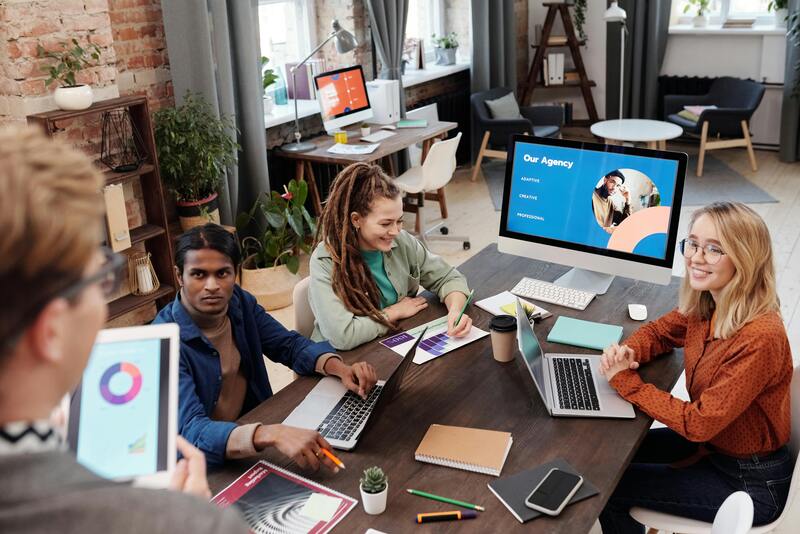
TLDR: For scalable, high-volume, high-quality design without hiring hassles, Penji is your best bet. For deeply strategic, narrative branding work, go traditional with Contrast & Co, BB Agency, or ProDesigns.
Did you know design is responsible for 94% of first impressions? That means your design is the welcome mat for your soon-to-be customers.
Are you a startup or agency based in Space City looking to launch your design into the stratosphere? You need a design partner who can match your pace.
1. Penji

Welcome to the future of design. Penji combines the top 2% of design talent and AI tools for on-demand, monthly subscription, unlimited graphic design, illustration, and UI/UX work.
Get a whole team at your fingertips. Get drafts in 24-48 hours without having to hire a team or deal with inconsistent freelance pricing. From a quick social media graphic to a full web mockup, Penji keeps your project on track at all times.
Pros:
- Unlimited Requests: Submit as many projects as you want.
- Fast Turnaround: Drafts in 24-48 hours.
- Cost-Effective: Flat monthly fee, no hidden charges.
- Expert Designers: Access to top global talent.
Cons:
- Not Strategy-Focused: Best for execution, not long-term brand strategy.
2. Contrast & Co
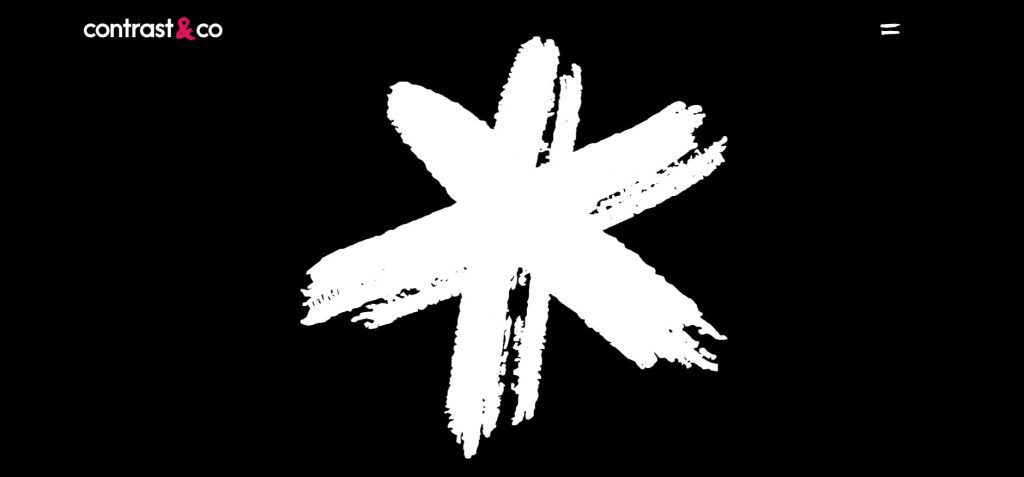
If you’re looking for the traditional agency model with a little storytelling flair, Contrast & Co is the way to go. Although they’re based in Annapolis, they are experienced with many Houston clients and are known for building brands based on “radical differentiation.” They don’t just design; they tell stories.
Pros:
- Strategic Depth: Excellent for complex rebranding and brand positioning.
- High-End creative: Known for award-winning, narrative-driven visuals.
Cons:
- Cost: Their premium strategic approach often comes with a higher price tag ($10,000+ minimums).
- Timeline: Traditional agency models typically have longer turnaround times than on-demand services.
3. BB Agency
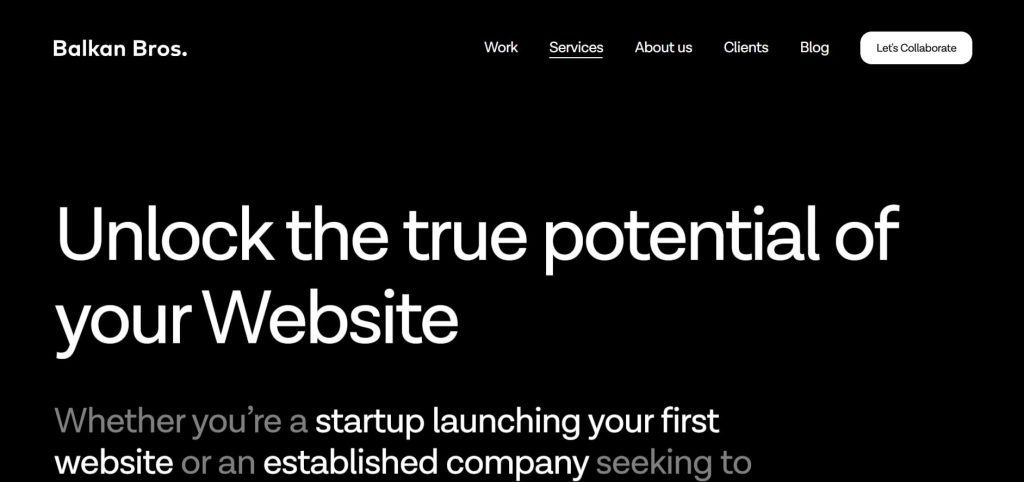
BB Agency works with SaaS and tech companies. They build businesses through thorough B2B branding and digital product design. If you are in the B2B tech space, their portfolio speaks for itself—clean, modern work which places UX at its core.
Pros:
- Tech Focus: Deep expertise in SaaS and B2B sectors.
- Holistic Approach: They handle everything from branding to development.
Cons:
- Niche: Their specific focus on tech might not be the right fit for consumer lifestyle brands.
- Budget: Project costs often range between $50,000 and $200,000.
4. ProDesigns
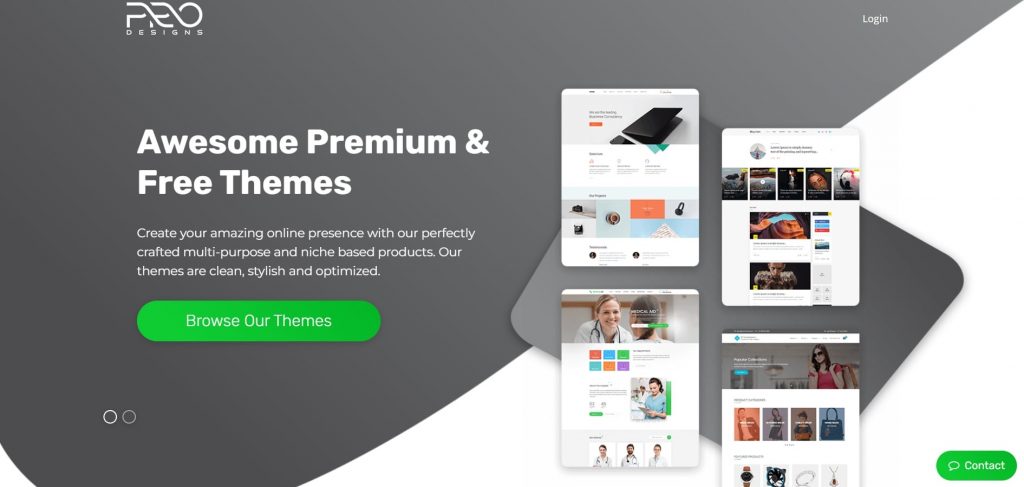
For businesses needing specific, project-based graphic design services, ProDesigns offers a solid middle ground. They focus heavily on logos, corporate design, and packaging. So if you need something created without a subscription or heavy retainer price, they’re great for local one-off projects.
Pros:
- Project-Based: Good for one-off needs like a logo or brochure.
- Affordable: generally more accessible pricing for small businesses compared to large agencies.
Cons:
- Limited Scalability: Managing high-volume, ongoing design needs can become costly on a per-project basis.
- Slower Feedback Loops: Revisions may take longer compared to a subscription model.
FAQs
How much does a graphic design agency cost in Houston?
Agencies in Houston typically charge $100–$175 per hour. Project costs range from $1,000 for small tasks to over $50,000 for full branding. Services like Penji offer a flat monthly rate, often much lower than a single agency project.
What is “design as a service”?
Design as a service offers a subscription model with a flat monthly fee for as much design work as you need for that monthly fee. Instead of paying per hour or project as normal with an agency, this is a way to ensure predictable budgeting and consistency with your design team.
Credit for cover image: Photo by Mikael Blomkvist on pexels
Business
Maximizing ROI in 2026: The Top 10 Facebook Ads Strategy Ideas to Try
Published
3 days agoon
December 25, 2025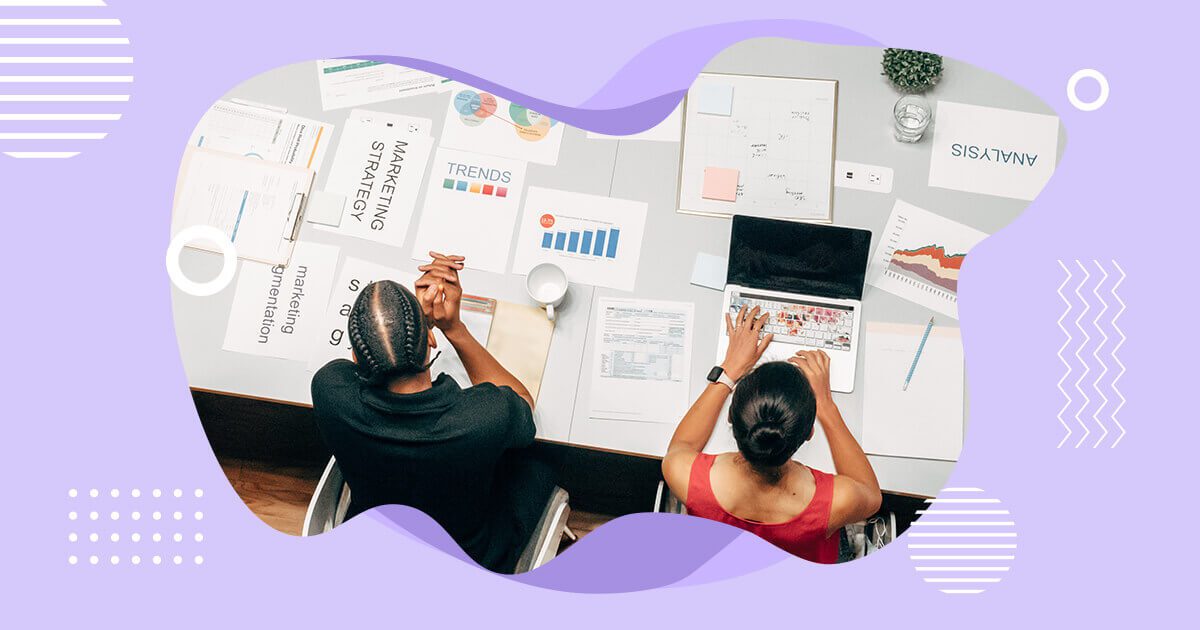
In today’s world, digital advertising is the most effective and efficient way to reach potential customers. Facebook advertising, in particular, has become a crucial tool for marketers to promote their brands, engage with their target audience, and generate a high return on investment (ROI). To stand out from the crowd, it’s crucial to implement the most effective actions. For this year, here are our recommendations for the top 10 Facebook ads strategy ideas you need to try:
1. Create Relevant Content

Topping our list is creating relevant content as one of the most effective Facebook ads and marketing strategy. Content tailored to your audience’s interests and needs increases engagement and builds brand awareness. This approach has been effective for years and will continue because it focuses on building a relationship between you and your audience.
Moreover, with the rise of ad-blocking software and decreasing attention spans, creating relevant content is more critical than ever. Creating informative, engaging, and valuable content for the audience ensures businesses that their ads are seen and welcomed by the audience.
2. Create Short-Form Video Ads (Reels & Stories)

Over the past few years, we’ve seen the shift to vertical, sound-on, mobile-first consumption across Facebook and Instagram. That said, it’s best to adapt your Facebook ads to align with this shift, using Reels ads, Stories ads, and vertical in-feed videos.
To make a high-performing short video ad, include a hook in the first three seconds and use captions for sound-off viewers. It’s also a good idea to create native-looking content and have a clear CTA.
3. Personalize Your Facebook Ads

Creating personalized ads on Facebook is an effective strategy because they’re more targeted and relevant to your audience. Businesses can use data from user behavior and interests to provide content that resonates with their audience, leading to higher engagement and conversions.
Plus, personalized ads can help you build trust and brand loyalty by showing you understand and care about your audience’s needs and preferences. This approach helps establish a stronger connection with the audience, leading to increased advocacy and customer loyalty.
You can also explore Advantage+ automated creative, which now personalizes ads using AI.
4. Use Facebook Custom Audiences
Facebook Custom Audiences are essential in a effective Facebook ads strategy in 2026. However, there have been changes in the way they’re used and optimized. Today, Meta’s AI now does much of the heavy lifting.
With Advantage+ targeting, users can start with broad audience signals and allow Meta’s system to automatically expand reach based on real-time performance data.
5. Join the Facebook Video Ad Bandwagon

According to statistics, Facebook videos have 8 billion daily views. This is an excellent Facebook ads strategy idea as they are more engaging than static ads, capturing the audience’s attention and creating an emotional connection. Facebook’s autoplay feature ensures that the video will be seen, making it an effective way to increase brand awareness and drive sales.
Facebook recommends keeping video ads short and adding captions, as these ads increase view time by an average of 12%, making it a more effective strategy.
6. Consider Creating Facebook Custom Landing Pages
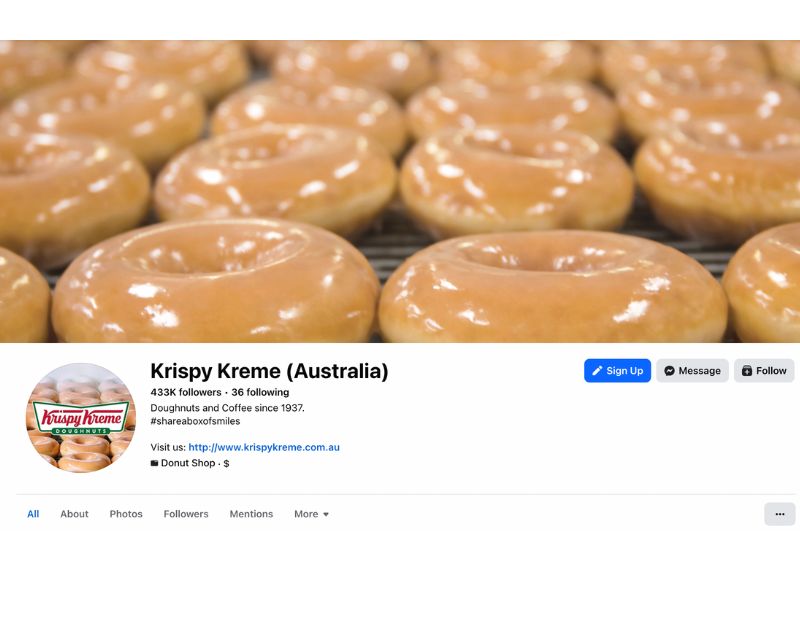
Another highly recommended Facebook ads strategy idea is to create a custom landing page. This means having a specific page for people to visit when they click on your ad instead of just using your website. Using a custom landing page makes it easier for people to take the action you want, like signing up for your email list.
It also ensures they don’t get confused or distracted by other information on your website. So, if you want more people to take action on your ad, a custom landing page is the way to go!
7. Always Think High-Quality
Having a broad reach of audiences, Facebook is also rife with advertisers, making differentiation a challenge. To work around this, you must always strive to create high-quality ads. Invest in producing the finest Facebook ads you can, as these will make your business look more professional and trustworthy. This, in turn, can increase engagement and conversions.
They also make your brand look better overall, leading to better brand recognition and customer loyalty. Ultimately, investing in high-quality ads can pay off with better results and a higher return on investment (ROI) for your Facebook advertising efforts.
8. Familiarize Yourself with Lookalike Audiences
Knowing about Facebook Lookalike Audiences is essential for creating effective Facebook ad strategies because it allows you to reach a larger yet similar audience to your existing customers. With Lookalike Audiences, Facebook will use its data to find people similar to your current customers based on their interests, behavior, and demographics.
This allows you to create more targeted and relevant ads for a group of people who are more likely to be interested in your products or services, leading to higher conversion rates and better return on ad spend.
9. Be a Facebook Remarketing Expert
Learning about the ins and outs of Facebook remarketing is crucial because it allows you to target people who have already shown an interest in your brand, reminding them of your business and increase conversions.
With Facebook’s remarketing tools, you can track potential customers’ behavior and customize your ad strategy accordingly, reaching those most likely to convert. By mastering Facebook remarketing, you can boost your advertising efforts and maximize your return on investment.
10. Hold Contests and Giveaways

Contests and giveaways on Facebook have always been a great way to increase brand awareness, engagement, and lead generation. It encourages people to interact with your brand and share your content. They can also create a sense of urgency and excitement, driving more conversions and sales while providing valuable customer data and insights.
Holding contests and giveaways can help your business achieve short-term and long-term marketing goals. You can also explore shoppable events, live commerce promotions, and lead ad optimizations to enrich your campaigns.
Final Thoughts
To maximize your ROI in 2026, try implementing the top 10 Facebook ad strategies outlined in this guide. Standing out from the competition, engaging your target audience, and continuously improving your results, Facebook advertising can be a powerful tool for growing your business. It’s also a great idea to exp[lore Meta’s AI, which now helps automate creative, targeting, and placements.
Business
What’s the Best Design Agency in Austin for Businesses in 2026?
Published
5 days agoon
December 24, 2025
Famous for its vibrant food scene, booming tech hub, and live music, Austin, Texas, also holds some of the best design agencies in the nation. For the coming year, you might want to work with the following agencies to boost your business:
Penji

Known for its unlimited graphic design services, Penji tops this list of the best agencies in Austin. Its key services include branding visuals, infographics, social media graphics, custom illustrations, UI and UX design, and more. You can send requests for more than 120 design categories, all for a flat monthly rate. And the best part is its unlimited revisions feature, allowing you to get the exact designs you need without paying extra.
Pushstart Creative

A multidisciplinary design agency, Pushstart Creative specializes in product and industrial design, user experience, research, and strategy. It has worked across various industries, most notably consumer and commercial IoT, consumer electronics, sports, and health and fitness.
Frank & Victor

Reflecting Austin’s creative spirit, Frank & Victor helps businesses resonate more deeply with their audiences. It promises to create branding and identity systems, strategic logo designs, UI/UX designs, and more, with premium quality designs and attention to detail.
Big Gorilla

With a focus on branding and identity design, web design and development, and marketing strategy, Big Gorilla is a highly recommended creative design agency for businesses in Austin. It also offers photography, video, art direction, packaging design, and a wide range of marketing and communications services.
Fahrenheit Marketing

Founded in 2008, Fahrenheit Marketing is a full-service agency that offers both creative design and marketing strategy. Proudly based in Austin, Texas, it offers web development, UX/UI design, SEO, PPC, and ecommerce services. In addition to these, they sell products from Offline Order Importer, HubSpot, Klaviyo, SharpSpring, and many others.
Aztec Paradise United Kingdom: Unleashing the Thrill of Online Casino Games with Live Casino and Slots
Penn Play Online Casino Online: A Comprehensive Guide
Casino ohne lizenz fake auszahlung 2025

What’s the Best Design Agency in Houston?

Top 10 App Development Software That Help Create Stunning Apps

Maximizing ROI in 2026: The Top 10 Facebook Ads Strategy Ideas to Try
Лучшие курсы валют в банках Беларуси на сегодня Belkurs com Курс доллара, евро, рубля, гривны, злотого.USD, EUR, RUB Все курсы валют в РБ на одном сайте.

Top 10 Video Marketing Agencies You Must Check Out in 2026

The Top 8 Webinar Platforms For Your Next Virtual Event or Demo

Maximizing ROI in 2026: The Top 10 Facebook Ads Strategy Ideas to Try

Top 10 App Development Software That Help Create Stunning Apps

What’s the Best Graphic Design Service for Ongoing Marketing?

What’s the Best Design Agency in Los Angeles?

What’s the Best Design Agency in Chicago
Trending
- Business3 days ago
Maximizing ROI in 2026: The Top 10 Facebook Ads Strategy Ideas to Try
- Technology3 days ago
Top 10 App Development Software That Help Create Stunning Apps
- Forex News4 days ago
Лучшие курсы валют в банках Беларуси на сегодня Belkurs com Курс доллара, евро, рубля, гривны, злотого.USD, EUR, RUB Все курсы валют в РБ на одном сайте.
- Business3 days ago
What’s the Best Design Agency in Houston?
- catspinscasino1 day ago
Casino ohne lizenz fake auszahlung 2025
- Uncategorized2 hours ago
Penn Play Online Casino Online: A Comprehensive Guide


